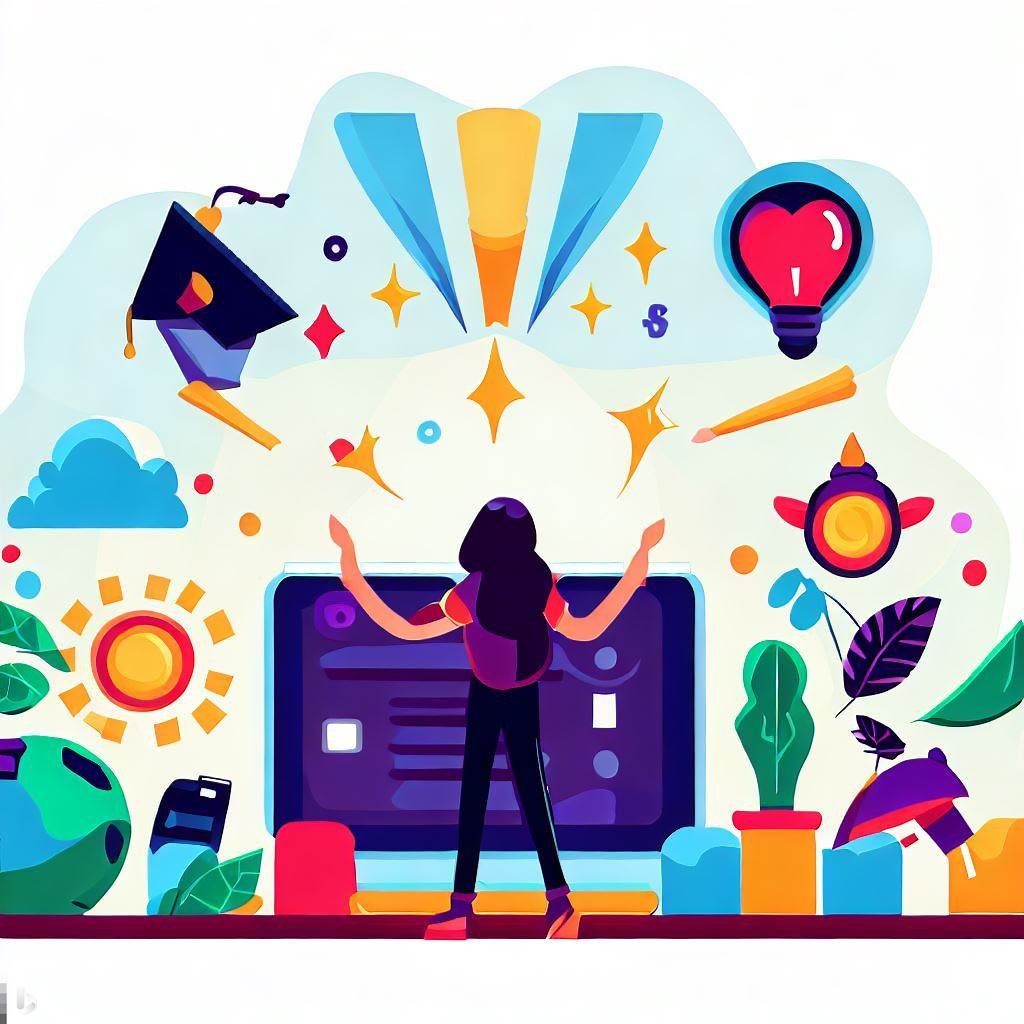Unleashing the Power of Gamification and Game-Based Learning in Education
Welcome to the DEEP Thinking blog. You may have heard of gamification and game-based learning, but are still confused about how they work. In this article, I will discuss their concepts and how they can be used in your classroom.
You can listen the full episode of the International Classroom with Philip Wride here
Meet Philip Wride
Philip Wride is a dedicated professional with an extensive background in esports, video games, and online child safety. Over the years, he has managed top esports teams, operated tournaments and events, and consulted for brands like EA SPORTS, Disney, and Square Enix. Philip has also contributed to the Byron Review, a UK Government review on Child Safety Online, and even participated in a review session at No.10 Downing Street.
As the founder of Cheesecake Digital, Philip has shifted his focus towards business coaching for esports entrepreneurs and creating courses and content to support people on their journey in esports.
His mission can be summarised as "supporting others in realizing their esports dreams by providing them with the knowledge and tools to follow their passion." In addition to his work in esports, Philip is passionate about developing the math skills of children through gamification and game-based learning.
For more insights and resources, be sure to check out his website.
Key Takeaways
Gamification is the use of game-like mechanics in non-game environments, such as school dojo points, house points, and star of the week rewards.
Game-based learning is using video games to support learning, either by finding game elements that match a specific learning objective or by aligning games with the curriculum.
The creator suggests using the games that students already love and finding ways to link them back to the curriculum, fostering engagement and motivation.
Step by Step Process
Identify the learning objectives or curriculum that you want to support with game-based learning.
Analyse the games that your students already love and are engaged with.
Find a common thread or language within the game that can be linked back to the learning objectives or curriculum.
Develop lesson plans or activities that leverage the game's mechanics to support and enhance the learning process.
Continuously assess the effectiveness of the game-based learning approach and make necessary adjustments to ensure the desired outcomes are achieved.
"Why not take the game that the kid already loves and actually find ways to link it back to the curriculum?"
Incorporating game-based learning and gamification into education comes with its own set of challenges. Two of the most significant obstacles that educators face include:
General Buy-in
There is often a negative perception of video games in the media, which can lead to skepticism from teachers, school administrators, and parents about their use in the classroom. To overcome this hurdle, it's crucial to acknowledge that negative press does not equate to negative experiences in the classroom. By recognizing the success other schools and educators have had with game-based learning, it may be easier to garner support for trying it out in your own educational setting.
"If we can start to get that buy-in, that's like, you know what, yeah, try it, see what happens. I can see schools in other areas having success with this; let's see what happens." - Philip Wride
Mindset Shift for Teachers
Teachers often feel the need to be experts in their subject matter. However, when it comes to video games, students may be more knowledgeable than their teachers. The key is for teachers to shift their mindset and embrace the role of a facilitator rather than an expert. By creating lesson plans and structures that allow for student-led learning, teachers can focus on guiding the process without needing to be gaming experts themselves.
"Don't worry about trying to be the expert because sadly, you're never going to be the expert when it comes to children, devices, gaming, all that sort of stuff. If teachers can get that mindset and say, 'that's fine, I'm happy being the facilitator,' that is half the battle." - Philip Wride
In summary, overcoming these challenges involves shifting mindsets, acknowledging the potential of game-based learning, and being open to the idea of facilitating rather than being an expert. By doing so, educators can tap into the benefits of gamification and game-based learning, creating more engaging and effective learning experiences for their students.
FAQ
Q1: What is gamification?
A: Gamification is the use of game-like mechanics in non-game environments to increase engagement and motivation.
Q2: What is game-based learning?
A: Game-based learning is using video games to support learning objectives or curriculum.
Q3: Can any game be used for game-based learning?
A: While not every game may be suitable, most games can be adapted or linked to learning objectives with a creative approach.
Q4: How do I choose the right game for my students?
A: Analyze the games your students already love and find a common thread that can be linked back to the curriculum.
Q5: Can gamification and game-based learning be used together?
A: Yes, they can be combined to create a more immersive and engaging learning experience.
You can listen to the full podcast episode here

